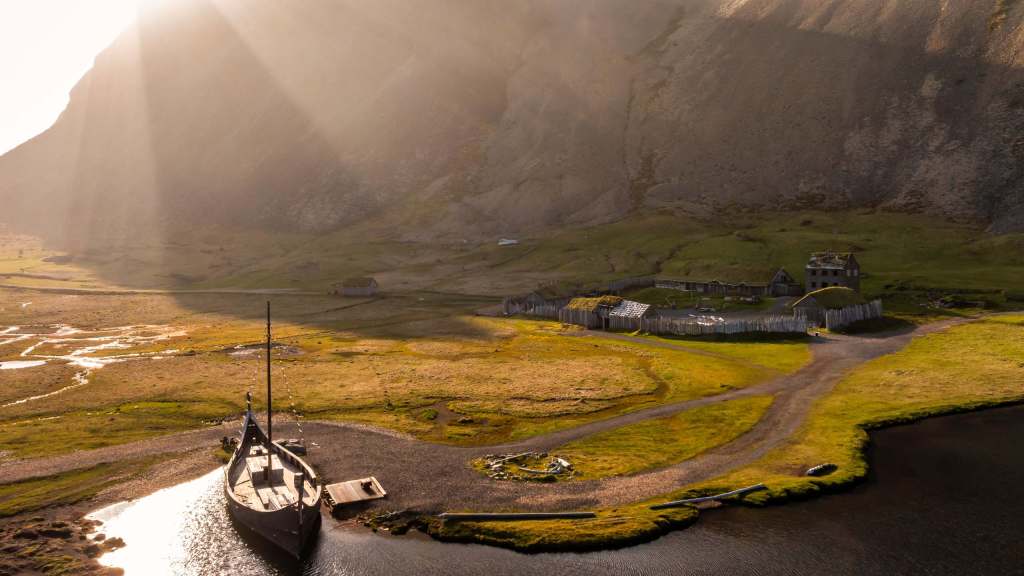
Iceland in August: A Complete Travel Guide for 2025
Iceland in August offers one of the most dynamic and rewarding travel experiences of...
Learn More

Get to know Iceland









CampEasy Opening hours 08:00-16:30
Learn more about Self-Service